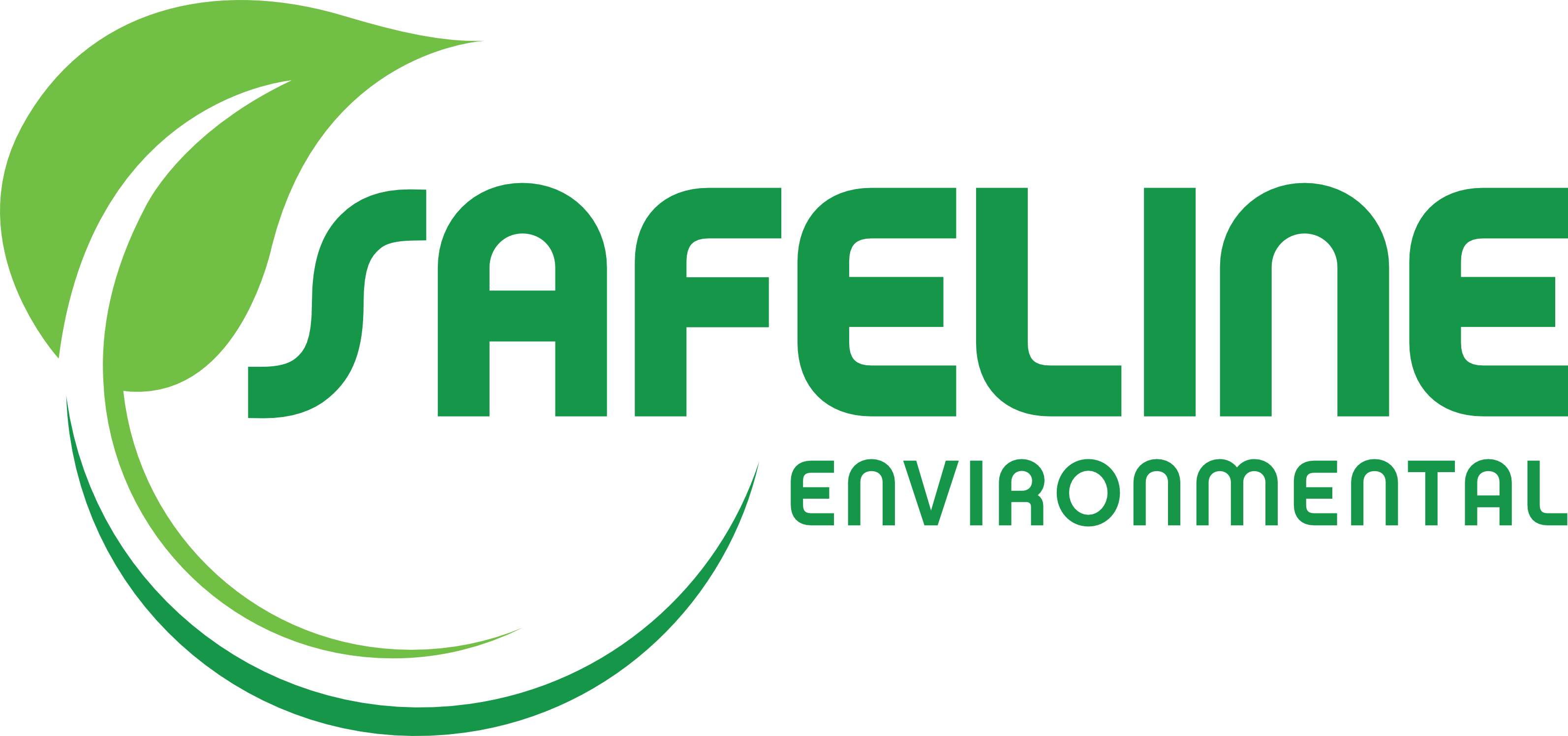Asbestos Tiles – Surveys, Removal and Disposal
Asbestos tiles were a popular product used primarily for flooring, but also on walls and ceilings mainly up until the mid-1980s. Although asbestos was banned in the UK in 1999, still to this date there are a massive (but unquantifiable) number of UK properties which still have asbestos flooring.
We are often asked to identify, encapsulate, remove, and dispose of asbestos tiles. They are often discovered after lying under carpets and laminate flooring for decades. Read on to learn more about your options when you discover or suspect you have asbestos-contaminated tiles in your property.
An example of asbestos-contaminated floor tiles
https://www.safeline-environmental.co.uk/wp-content/uploads/2017/02/Asbestos-Cement-Tiles.jpg
Why were asbestos tiles popular?
Asbestos was commonly used as a low-cost, resilient, durable, and heat-resistant material that also offered high levels of insulation. This is why asbestos was added as one of the materials within tiles. Additionally, adhesives used to install tiles (e.g., Mastic) is also known to contain asbestos.
Age profiling of tiles reveals:
- Up until around 1960 - virtually all tiles installed until 1960 will contain some asbestos
- 1960 to 1985 – asbestos levels reduce every year, as increased awareness of asbestos risks reduces asbestos as an additive in tiles
- 1985 onwards – especially from the Mid-1980s very few UK manufactured tiles will contain asbestos, this will vary if tiles were imported
Why is asbestos in tiles dangerous?
Asbestos was banned due to its proven association with four main diseases. These are asbestosis, lung cancer, mesothelioma, and pleural thickening.
Read more in our article “What is asbestos and why is it so dangerous?”
Asbestos tiles are not a danger unless they are disturbed
Many homeowners understandably “freak out” if they discover tiles that they suspect are contaminated with asbestos. It’s similarly a concern to business owners and government agencies where suspect tiles are found though.
In general, if asbestos tiles are left undisturbed, they pose a minimal health risk. The situation radically changes though when tiles are sanded, sawn, drilled, or torn during renovation or demolition work. Such actions cause microscopic asbestos fibres to be released into the air. If these fibres are inhaled, this can lead to the lung diseases previously mentioned over a period of time.
Our advice is, if you have tiles that you suspect are asbestos-contaminated, do not disturb them, instead call upon the services of a professional asbestos management company.
Asbestos-contaminated external roofing tiles
How to identify whether your tiles contain asbestos
The two main ways to identify whether tiles contain asbestos are:
- Employ a professional asbestos management services company or
- Buy an asbestos testing kit and test yourself
Both of the above will require samples collected to be analysed safely in a laboratory. Due to the hazardous nature of this work, the PPE required and the need to follow a process, Safeline Environmental would always advise paying for a professional service. You cannot really put a price on your health.
Our related services in this area are:
- Asbestos surveys and sampling – we would survey an area and collect any samples (including tiles) required for scientific evaluation
- Asbestos audits – we can provide a comprehensive asbestos audit for one or more properties. The reach of an audit would include tiles, but would also feature many other asbestos-containing materials
Available options
If following asbestos surveys, sampling, and audits you are found to have asbestos-contaminated tiles, the two main options open to you are:
1) Removal and disposal of tiles
If removal of the tiles is needed, then a strict process is required following the HSE guidelines. We replace asbestos tiles frequently where they are not being disturbed but simply because the property owner is not comfortable with them being left on the property.
Safeline Environmental can smoothly remove the asbestos-contaminated tiles using all PPE, dust sheets and quality controls needed. View https://www.safeline-environmental.co.uk/asbestos-removal-service/ for more details about our asbestos removal service.
2) Covering or encapsulation of tiles
An option taken by many property owners is to cover or encapsulate tiles, whether they are floor, wall, or ceiling tiles. This is often the simplest method and provided the right precautions are taken the work could be carpet fitters, decorators, and general-purpose building staff. If anything, to disturb the tiles is completed, for example, cleaning, refinishing, etc., we would always recommend the involvement of qualified asbestos professionals.
For floor tiles, for example, new carpet, vinyl flooring, laminate flooring, hardwood flooring, engineered floating flooring, and carpeting can all be successfully installed and effectively encapsulate asbestos tiles.
Absolute effort is required to prevent asbestos fibres from escaping into the air. Wherever possible it is always safest to employ asbestos experts to complete this work. View https://www.safeline-environmental.co.uk/asbestos-encapsulation-service/ for more details about our asbestos encapsulation service.
Contact Safeline Environmental
Why not contact Safeline Environmental to discuss all your asbestos tile management needs. If you have asbestos-contaminated tiles on your property, we can help. No job is too big or too small, contact us in the following ways:
- Telephone - 01299 251083
- Email – send emails to info@safeline-env.co.uk and
- Contact Form – click this link
Image Credits: Sarflondondunc and Kaboom Pics

